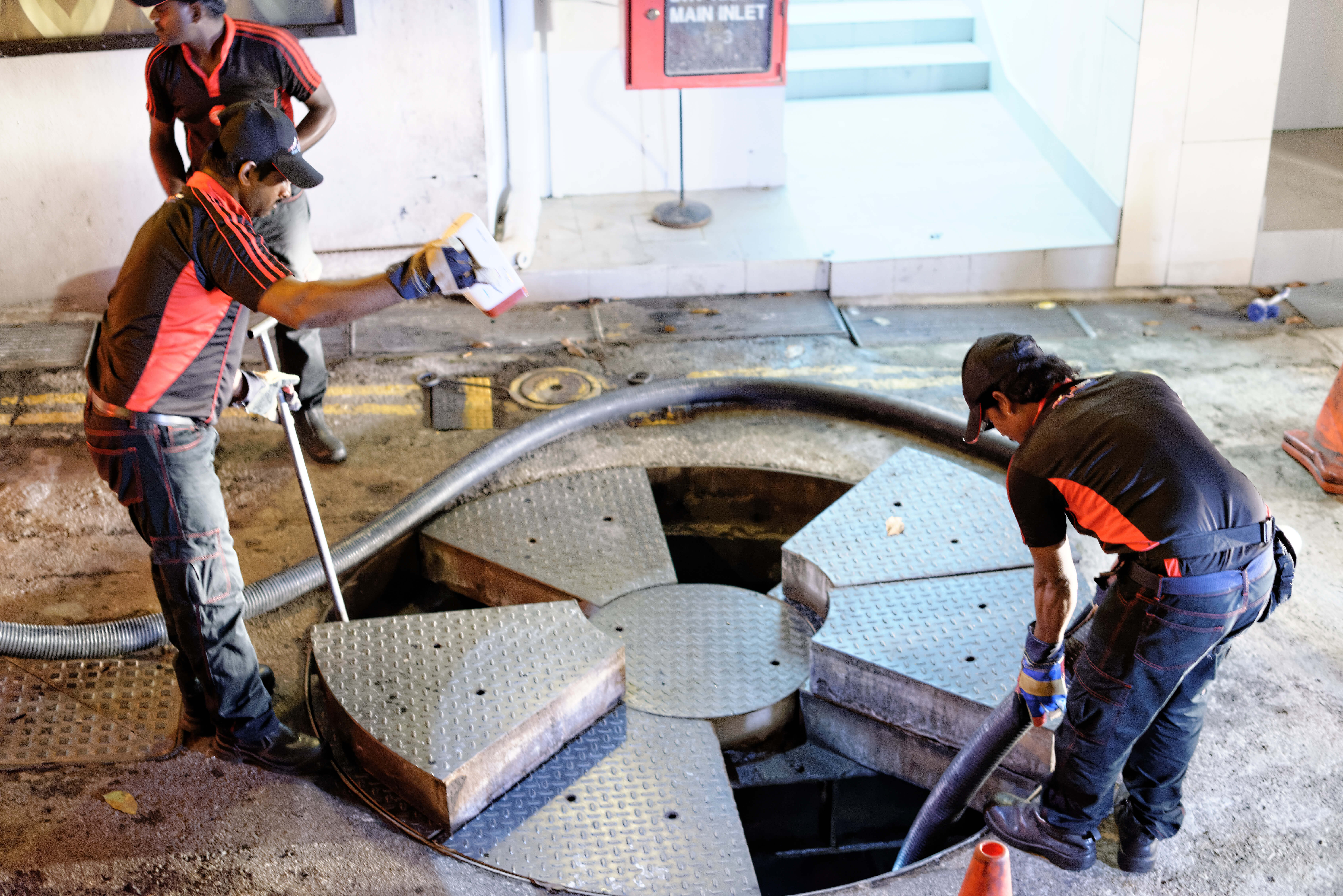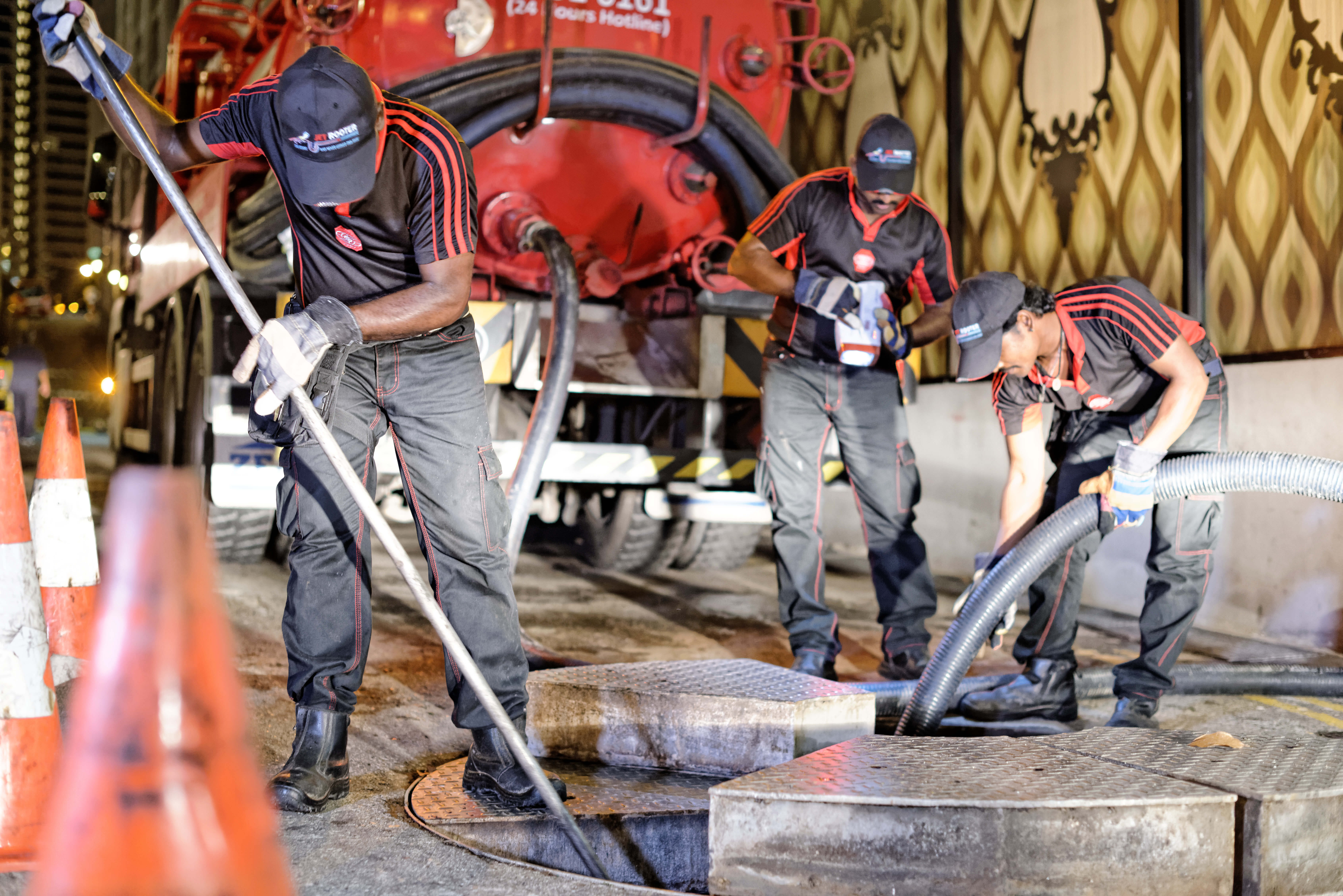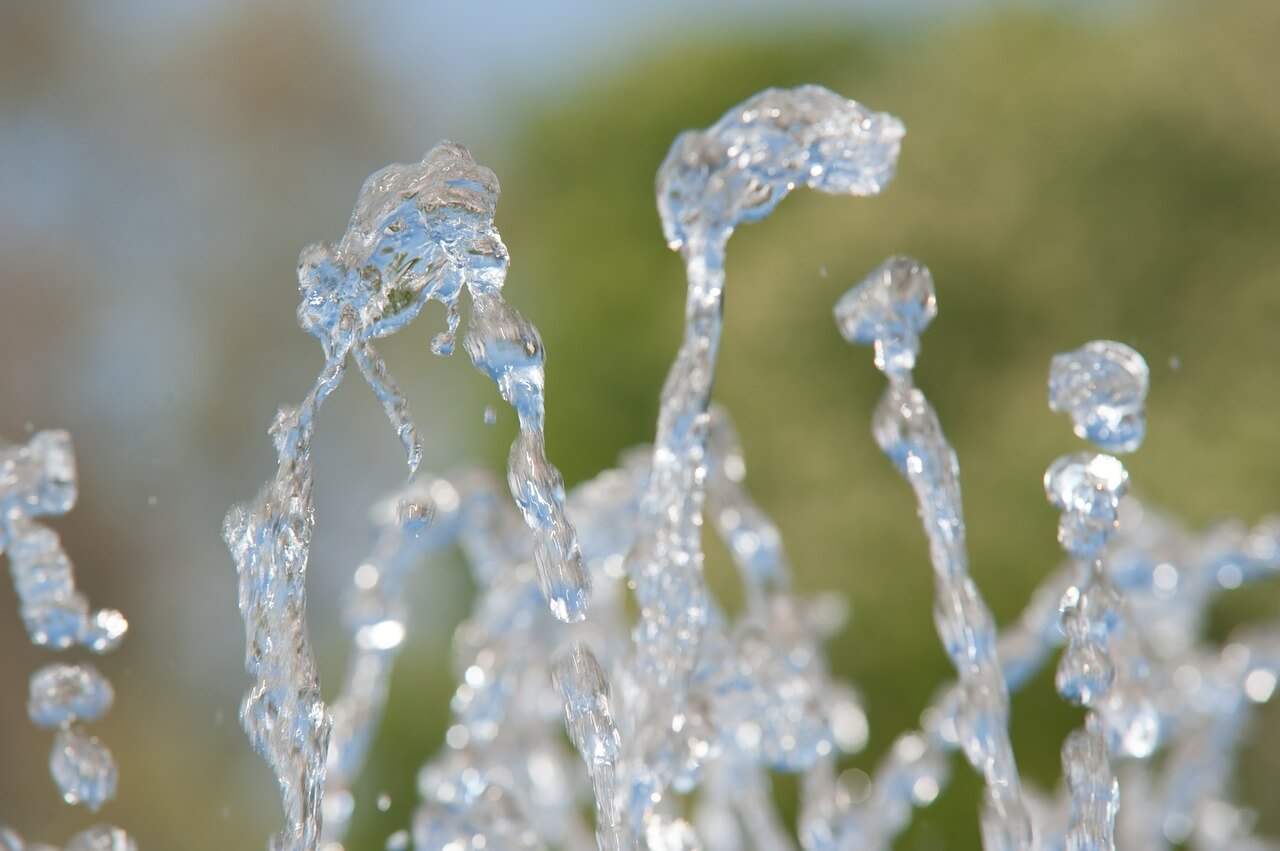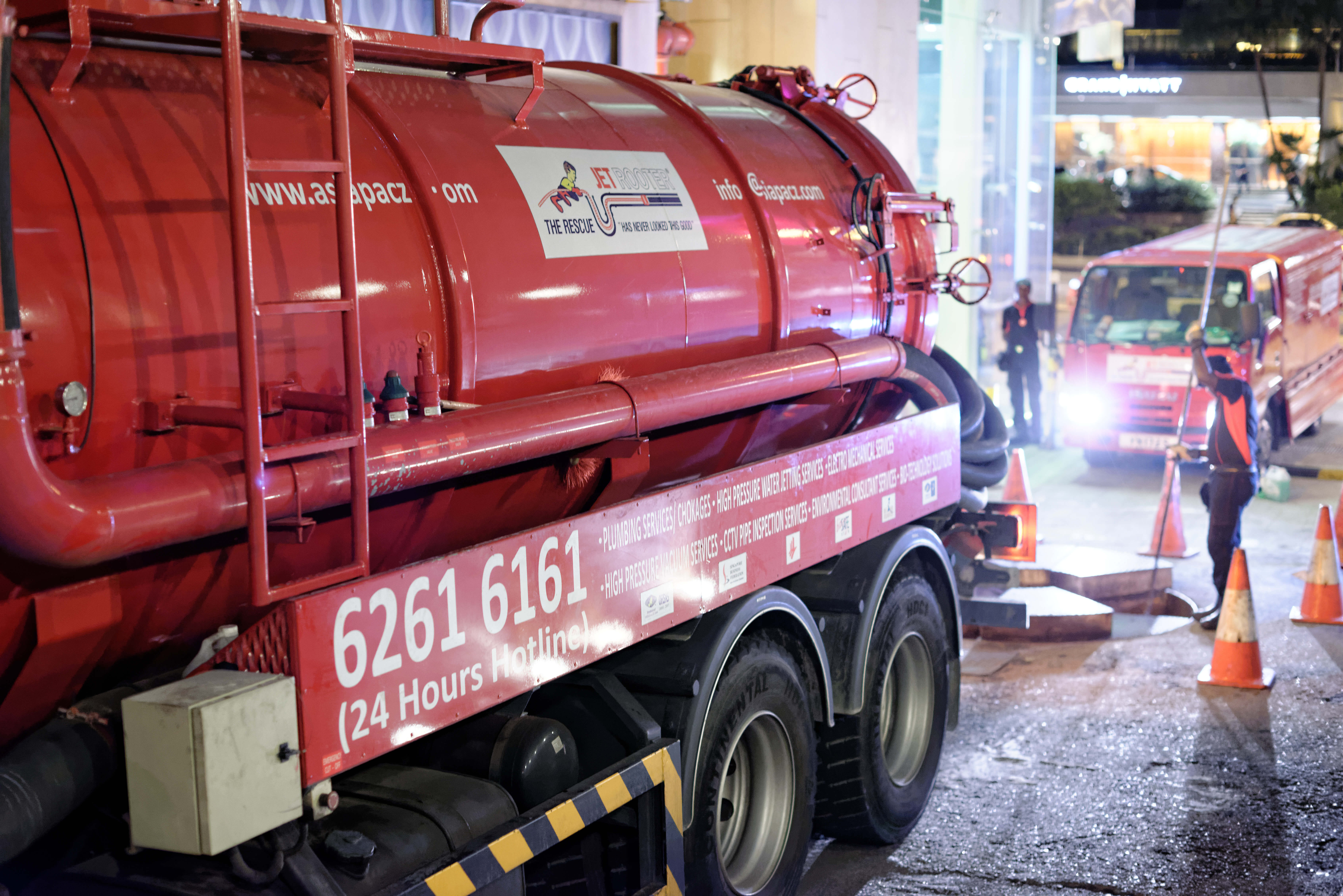What is a Portable Grease Trap in Singapore?
Ask around and you’ll realise that not many people in Singapore know what Grease Traps are. Yet, these nifty inventions are crucial in just about any industry that utilises a wastewater disposal system. That means that all food establishments with cooking equipment, whether they’re fast food restaurants or that expensive restaurant in a 5-star hotel, need to have a Grease Trap that follow strict regulations to capture fat, oil and grease (FOL) that cannot be easily disposed of. Whether they are under the sink or under counter or large ones that are above the ground, there’s a grease trap to suit any premise.
A Grease Trap is a plumbing gadget that intercepts most greases before they enter a wastewater disposal system. There are differing Types of Grease Traps in the market, although they primarily do the same thing.
What are the different types of Grease Traps In Singapore?
There are two main types of grease traps commonly available: a standard circular grease trap is usually constructed underground while Portable Grease Traps are above the ground. Both are useful in trapping FOG and helping in working toward a cleaner environment and a more conducive eating/food establishment. There are also different sizes.
What is the difference between a Portable Grease Trap and a standard circular Grease Trap?
A Portable Grease Trap may only be installed in place of a standard grease trap due to space constraints or other difficulties on site. Most importantly, a portable grease trap must be able to sufficiently meet the waste loading capacity of the establishment. A Portable Grease Interceptor must incorporate a mechanical oil-skimming device to automatically remove free-floating grease and oil. Ideally, it also needs to have a ergonomical design that will enable the easy removal of the cover for maintenance purposes.
How exactly does a Grease Trap work?
Grease Traps Solutions help solve debris problems and make every eating establishment not just a cleaner place to work in, but a better environment for consumers to dine in as well. Most Grease Trap Companies in Singapore are universal in the way they work and the procedures that they go through when installing a grease trap.
Step 1: Coarser solids in culinary water are removed when water passes through the screen chamber
Step 2: Smaller solids in the water that weren’t removed initially are further removed in the strainer bucket.
Step 3: Denser FOG in the water are separated as water enters and circulates around the outer ring chamber.
Step 4: The remaining solids sink to the bottom of the outer ring.
Step 5: The pretreated effluent enters the inner ring chamber where it will be discharged into the sewer via the outlet pipe through water displacement.
How do you go about Portable Grease Trap Maintenance?
Portable Grease Traps, like standard grease traps, need to be kept in good condition in order to function optimally.
Do: Provide a proper containment facility for the grease trap
This means placing the Grease Trap on a metal tray or in concrete bund walls to avoid the accidental leakage or spillage of grease-tainted water into the sanitary system. The metal tray should also be checked regularly and cleared of stagnant water to prevent mosquito breeding.
Do: Prepare for an emergency
While there should be minimal situations where greasy discharge is spilled on premise, rags and wipes should be placed near the portable grease trap so that they can be immediately cleaned up in case of an emergency. They should be immediately disposed of.
Do not: Forget to properly drain and Clean a Grease Trap before collection
Before cleaning the inside of a grease trap, be sure that the contents are properly drained and collected for disposal by a licensed general waste collector. Disposable absorbents should be used to clean the interior of the grease trap as well as all other parts that may come into contact with the culinary water. The final step is to ensure it is filled up with clean water.
Do not: Carry out Grease Trap Maintenance in non designated areas
It is important to only do Grease Trap Maintenance or cleaning in areas where the culinary water can be collected and disposed of separately. Drip pans can be used to collect any possible leaks or spills during these activities.
Like if this blog post is useful!






